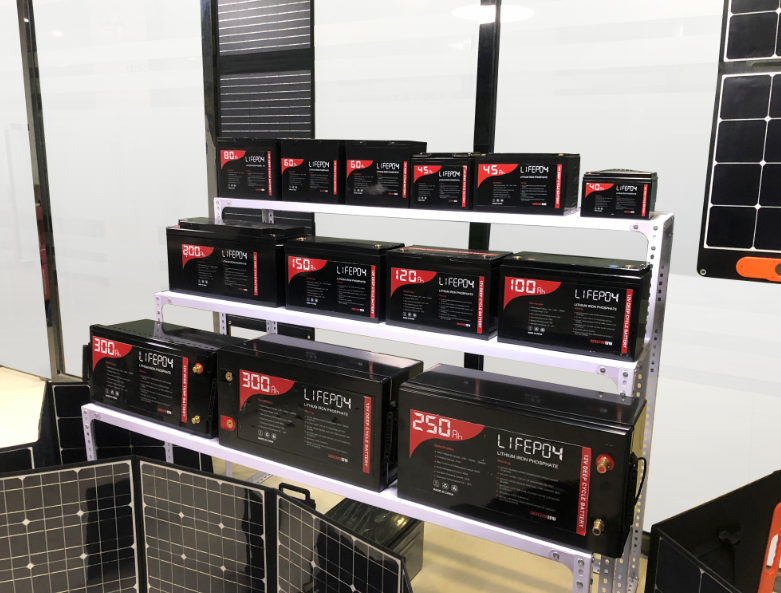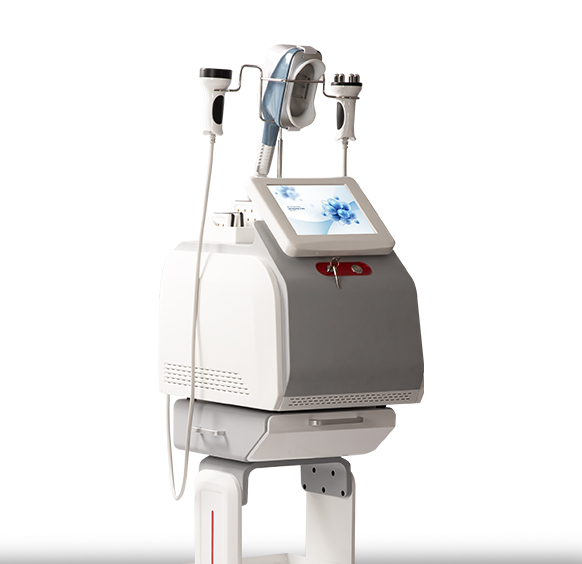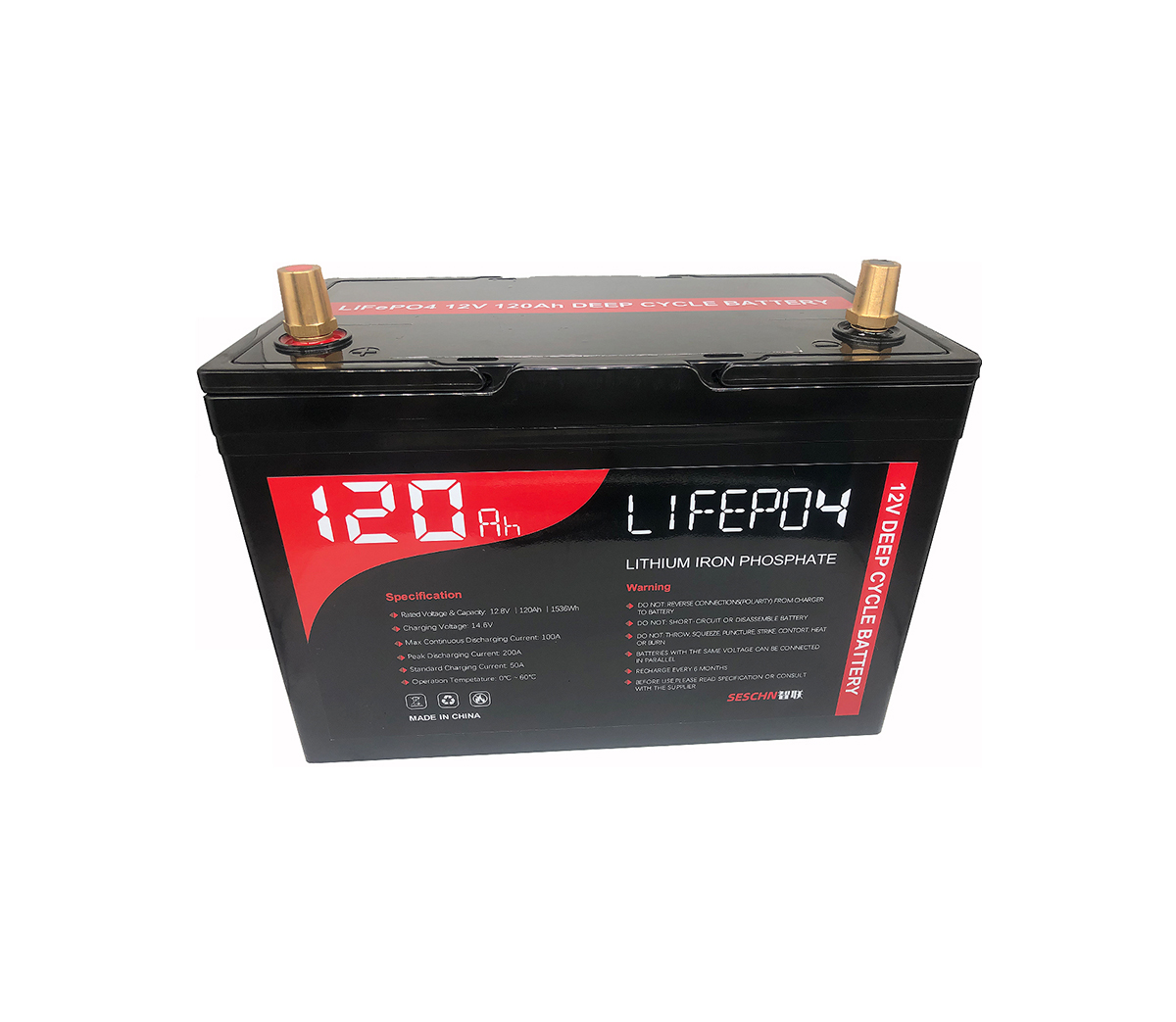Advantages, disadvantages and applications of lithium iron phosphate batteries
Lithium iron oxide battery refers to a lithium ion battery using lithium iron phosphate as a positive electrode material, which has great advantages over NI-MH and Ni-Cd batteries. The nominal voltage of the LiFePO4 battery is 3.2V, the final charge voltage is 3.6V, and the final discharge voltage is 2.0V. Due to the different quality and process of positive and negative electrode materials and electrolyte materials used by various manufacturers, there will be some differences in their performance.

SES Power began to use lithium iron phosphate cells to make customized lithium batteries as early as 2009, so we are very familiar with it. Let us explain the advantages, disadvantages, applications, etc. of lithium iron phosphate batteries for you.
The advantages of lithium iron phosphate batteries
a: safety
The P-O bond in the lithium iron phosphate crystal is stable and difficult to decompose. Even at high temperature or overcharge, it will not collapse and generate heat like lithium cobalt oxide or form strong oxidizing substances, so it has good safety.
b: life
The cycle life of lithium iron phosphate batteries can easily reach more than 2,000 times, or even 8,000 times. The cycle life of a lead-acid battery with the same energy is about 300 times
c: can withstand high current
The lithium iron phosphate battery can be discharged with high current (generally only) and fast charge and discharge, and some special high-rate batteries can withstand the discharge of nearly 50C.
d: high temperature resistance
The working temperature range of lithium iron phosphate battery is wide (-20C--+75C), and the high temperature resistance of lithium iron phosphate electric heating peak can reach 350℃-500℃, while lithium manganate and lithium cobaltate are only around 200℃.
Disadvantages
Whether a material has application development potential, in addition to focusing on its advantages, it is more critical whether the material has fundamental defects.
a: impurities
During the sintering process of the lithium iron phosphate material, the iron oxide may be reduced to elemental iron in a high-temperature reducing atmosphere. Elemental iron can cause micro-short circuit of the battery and is the most taboo substance in the battery. This is also the main reason why Japan has not used this material as a positive electrode material for power lithium-ion batteries. Of course, with the improvement of processing technology, this problem has been fundamentally solved.
b: poor low temperature performance
The experimental results of many manufacturers show that the performance of lithium iron phosphate batteries drops sharply at low temperatures (below -20 ° C), and it is very likely that electric vehicles cannot be driven. Although some manufacturers claim that the lithium iron phosphate battery has a good capacity retention rate at low temperatures, this is in the case of a small discharge current and a low discharge cut-off voltage. SES Power's low temperature-resistant lithium iron phosphate batteries can work at the extreme -60 degrees Celsius and work normally at -40 degrees Celsius, which is not something ordinary manufacturers can do.
c: poor consistency
From the perspective of material preparation, the synthesis reaction of lithium iron phosphate is a complex heterogeneous reaction, including solid phase phosphate, iron oxide and lithium salt, plus carbon precursor and reducing gas phase. In this complex reaction process, it is difficult to ensure the consistency of the reaction.
Application of lithium iron phosphate battery
Because the lithium iron phosphate battery has the above characteristics, its main application fields are: large electric vehicles: buses, electric vehicles, sightseeing vehicles and hybrid vehicles, etc.; light electric vehicles: electric bicycles, golf carts, small flat-panel battery cars, shovels, etc. Cars, cleaning cars, electric wheelchairs, etc.; electric tools: electric drills, chainsaws, lawn mowers, etc.; remote control cars, boats, airplanes and other toys; energy storage equipment for solar energy and wind power generation; UPS and emergency lights, warning lights and miner’s lamps ( Safety is the best); replace the 3V primary lithium battery and 9V nickel-cadmium or nickel-metal hydride rechargeable battery (the same size) in the camera; small medical equipment and portable instruments, etc.
SES Power adopts 12V100Ah, 24V100Ah, 36V100Ah, 48V100Ah lithium iron phosphate battery with square aluminum shell from EVE, CATL, BYD, 3KW, 5KW home energy storage system, rack-mounted energy storage system and other products, which are very popular with customers. Here is an application example of replacing lead-acid batteries with lithium iron phosphate batteries. 12V/100Ah (1280Wh) lead-acid battery, its weight is 26kg, the number of charging times is about 300 times, and the use time is about 2 years. If the lithium iron phosphate power battery is used, the same 320Wh energy (4 100Ah batteries connected in series) is used, the weight is about 9kg, the number of charging times can reach 4000 times, and the service life can reach 5 to 8 years. Although the price of lithium iron phosphate batteries is much higher than that of lead-acid batteries, the overall economic effect is better to use lithium iron phosphate batteries, and it is lighter in use.



































